Go with the flow: The development of behavioral sensitivity and brain responses to optic flow
Rick O. Gilmore
Support: NSF BCS-1147440, NSF BCS-1238599, NICHD U01-HD-076595
2016-10-28 13:59:35
Go with the flow: The development of behavioral sensitivity and brain responses to optic flow
Support: NSF BCS-1147440, NSF BCS-1238599, NICHD U01-HD-076595

| Flow Type | Movement Type |
|---|---|
| Expansion/Contraction | Forward/backward head/body |
| Rotation | Rotation of head/body |
| Up/down/left/right | Translation of eyes/head/body |
Gilmore, R.O., Thomas, A.L., & Fesi, J.D (2016). Children's brain responses to optic flow vary by pattern type and motion speed. PLoS ONE. doi: 10.1371/journal.pone.0157911. Materials on Databrary at http://doi.org/10.17910/B7QG6W
Fesi, J.F., Thomas, A.L., & Gilmore, R.O. (2014). Cortical responses to optic flow and motion contrast across patterns and speeds. Vision Research, 100, 56–71. doi:10.1016/j.visres.2014.04.004. Materials on Databrary at http://doi.org/http://doi.org/10.17910/B7101Z.
https://nyu.databrary.org/volume/75/slot/9825/-
https://nyu.databrary.org/volume/75/slot/9825/-
https://nyu.databrary.org/volume/75/slot/9825/-
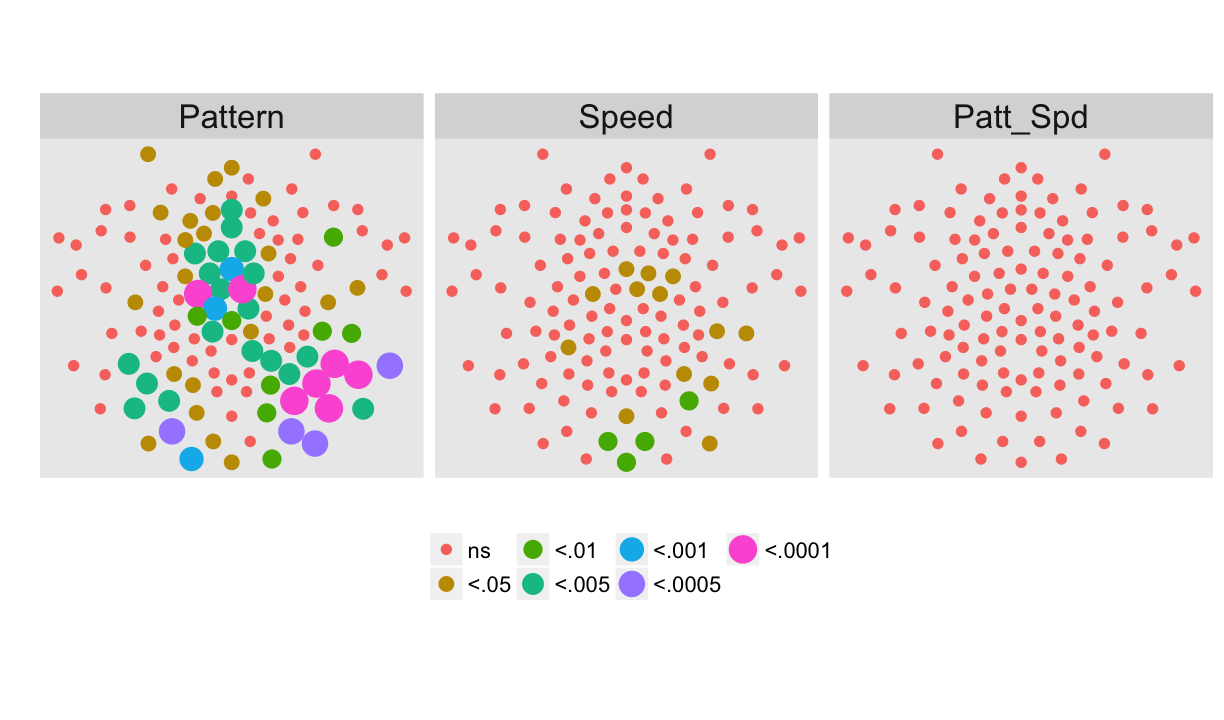
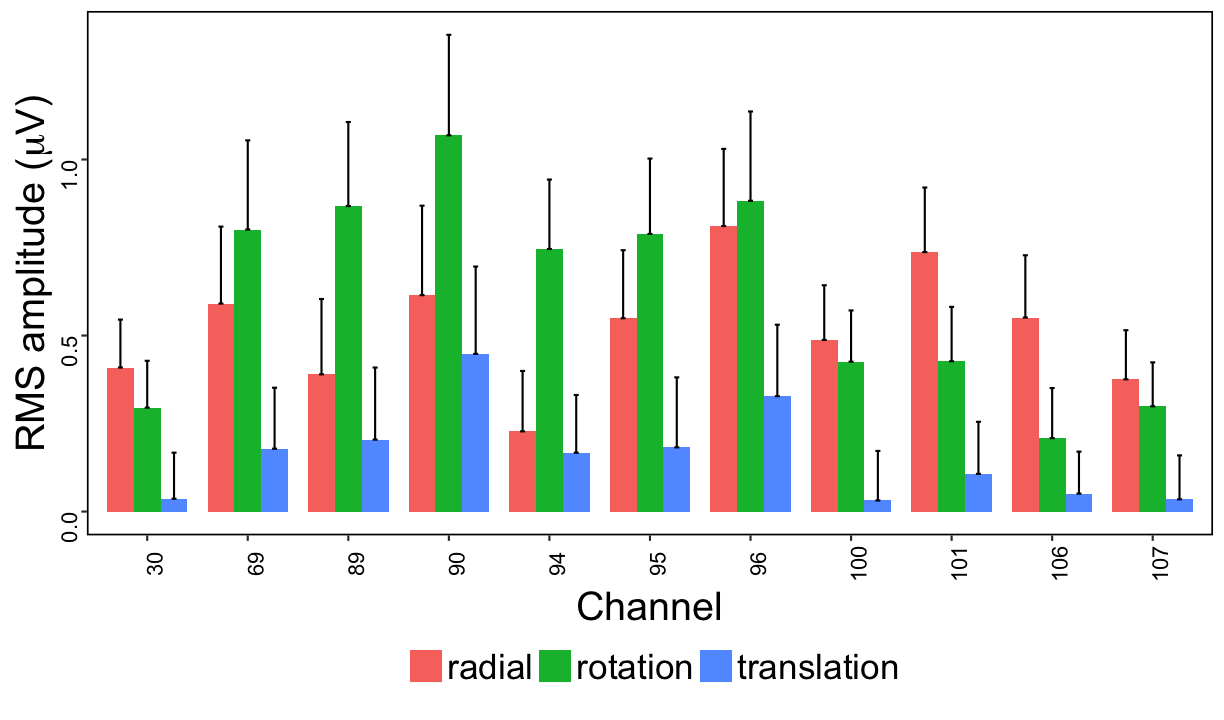
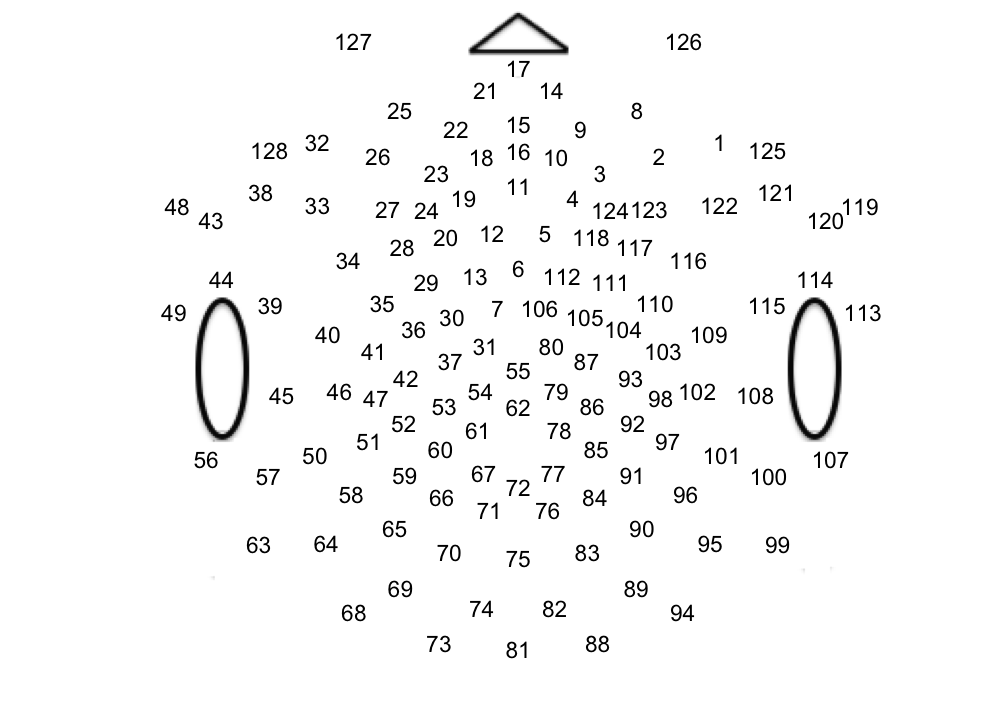
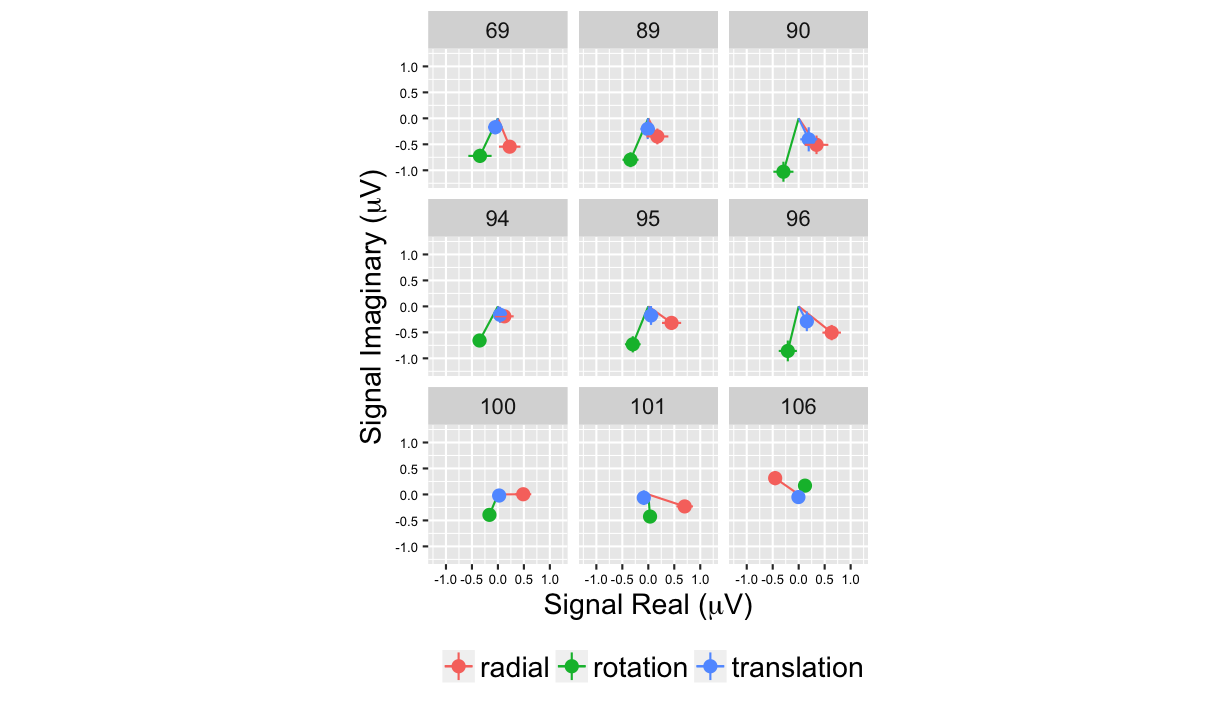


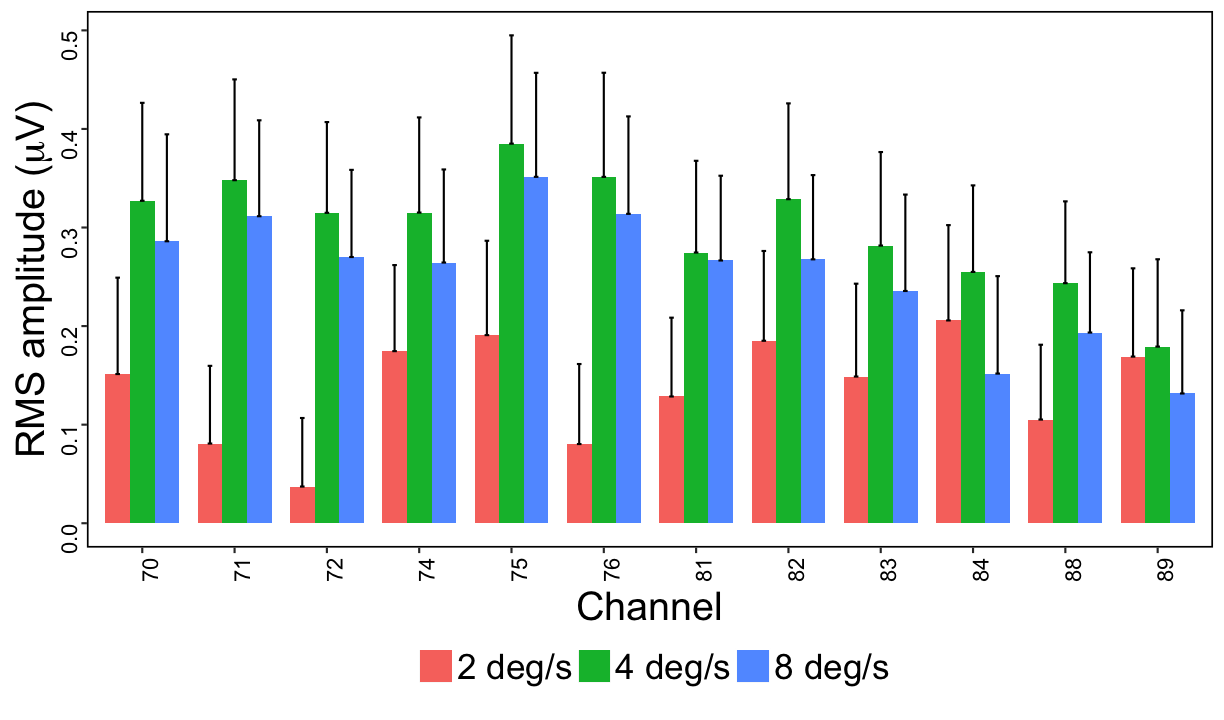

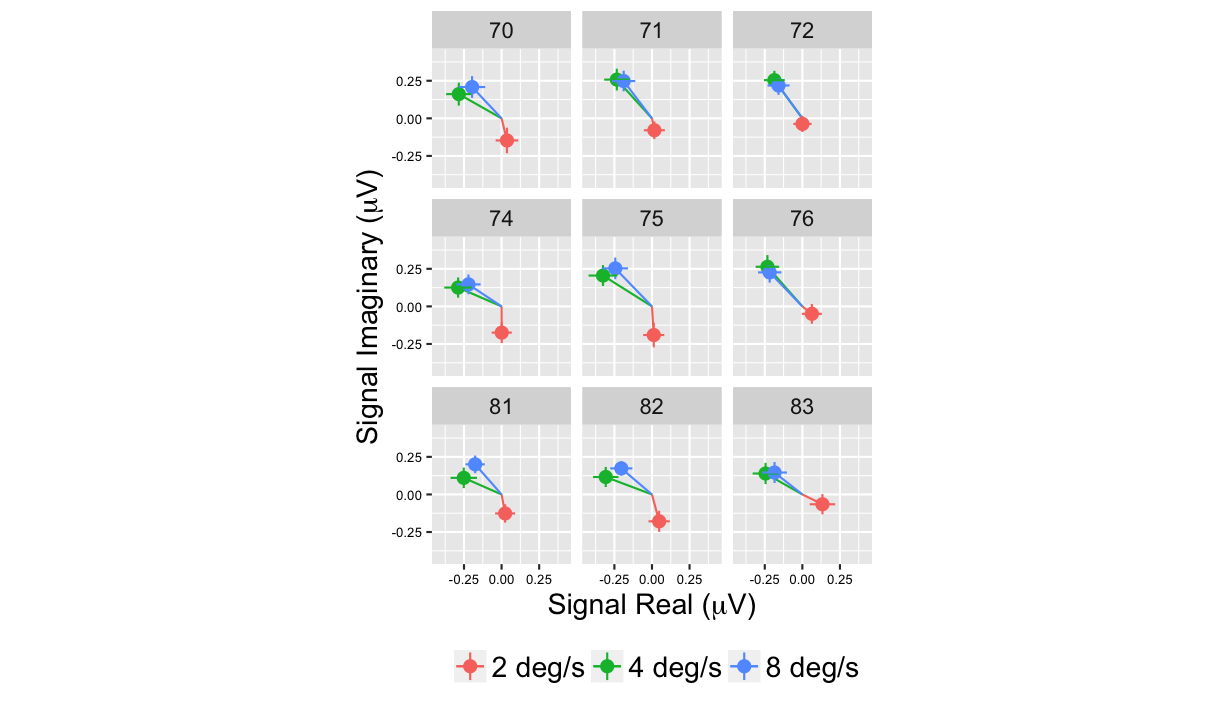









Adamiak, W., Thomas, A.L., Patel, S.M., & Gilmore. R.O. (2015, May). Adult observers’ sensitivity to optic flow varies by pattern and speed. Poster presented at the Vision Sciences Society meeting, St. Pete's Beach, FL. Databrary, F1000 Research. GitHub.
Gilmore, R.O., Seisler, A.R., Shade, M.A., & O'Neill, M.J. (in prep). School-age children perceive fast radial optic flow in noise more accurately than slow linear flow. Databrary. GitHub.
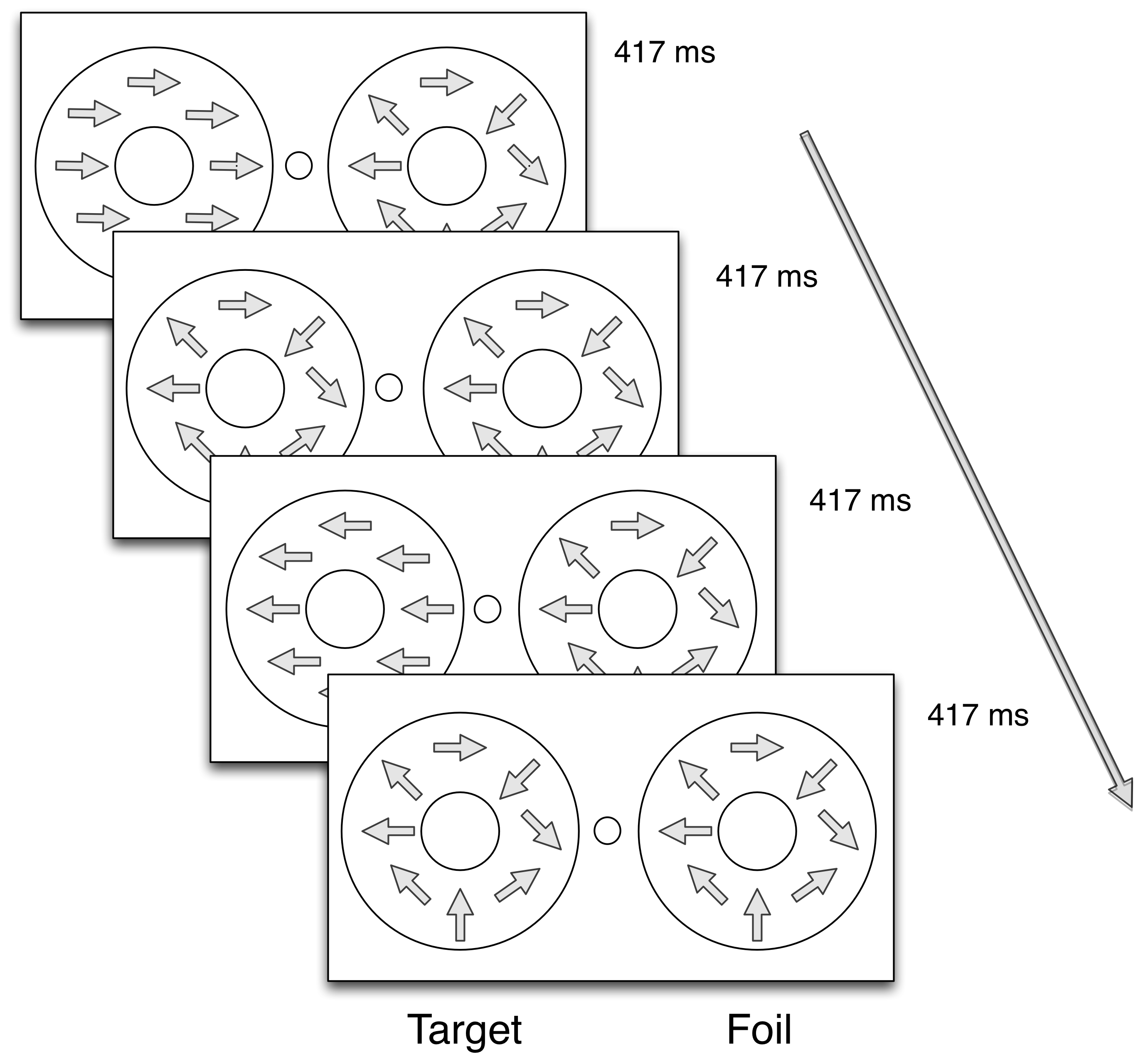

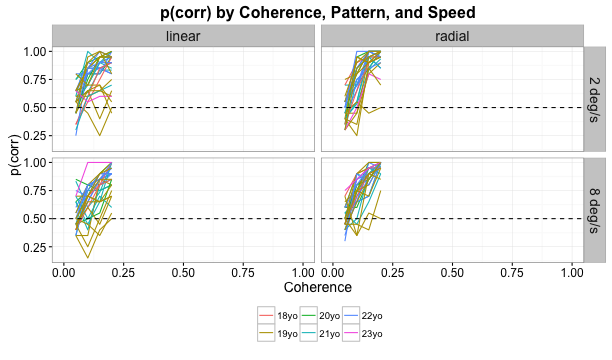
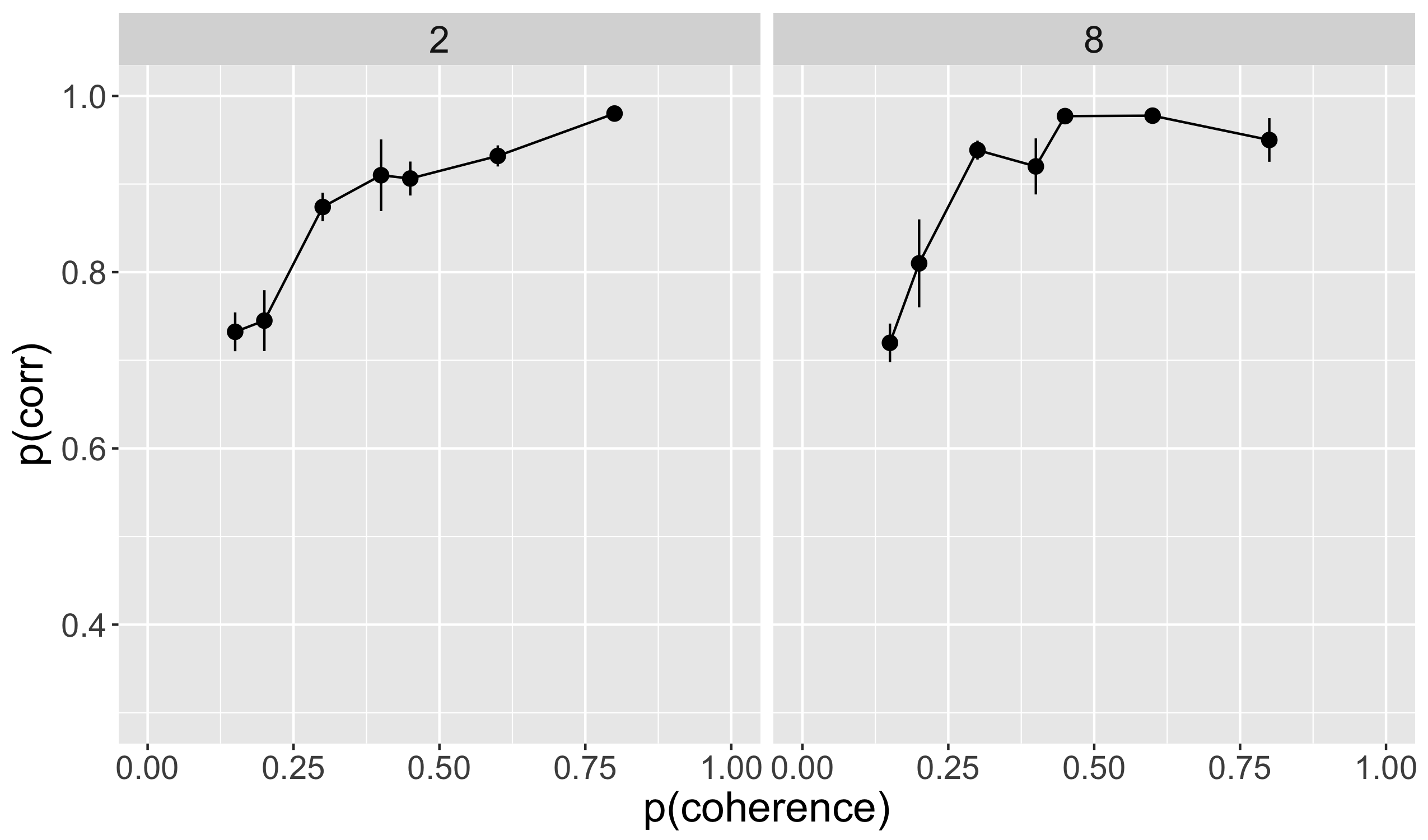

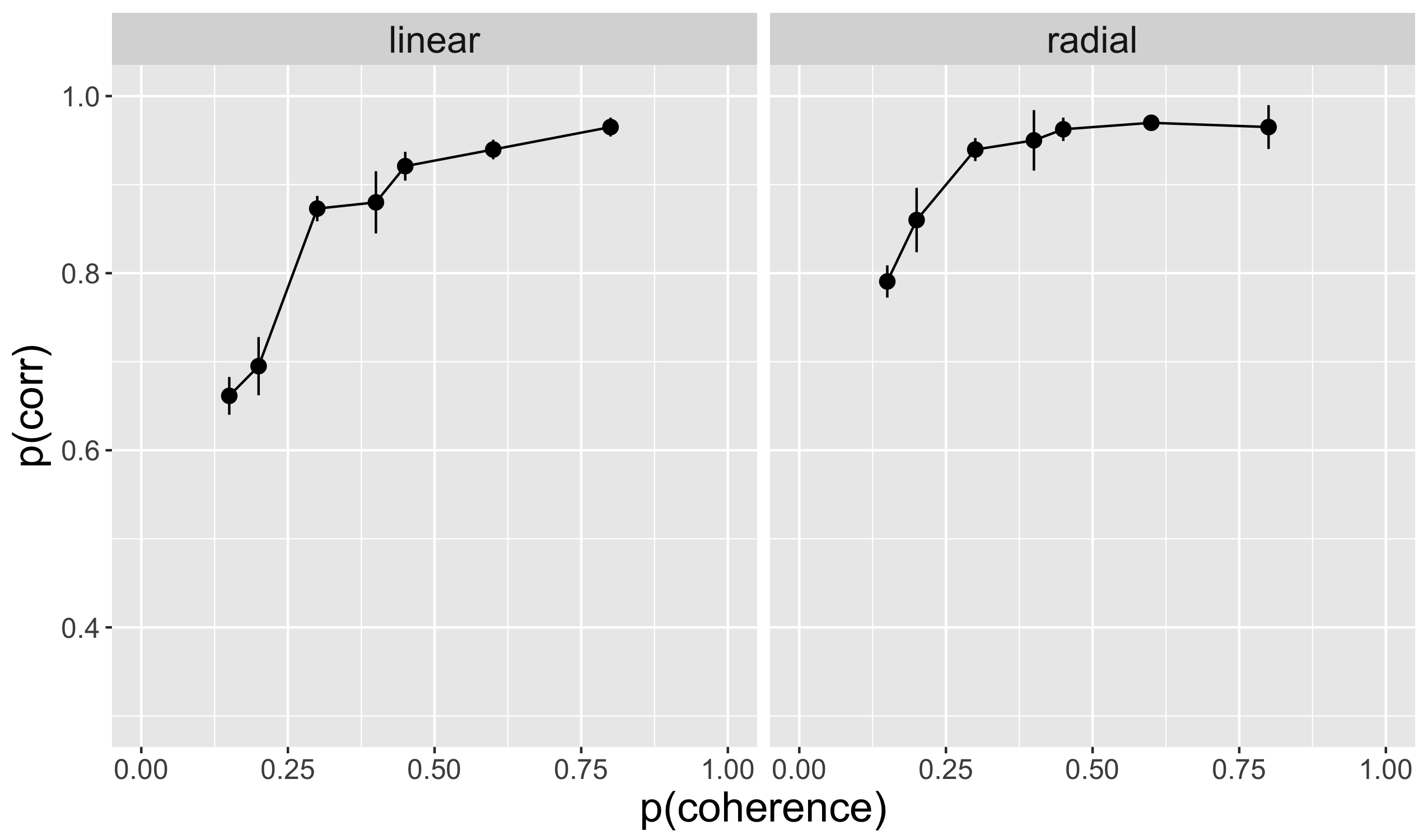

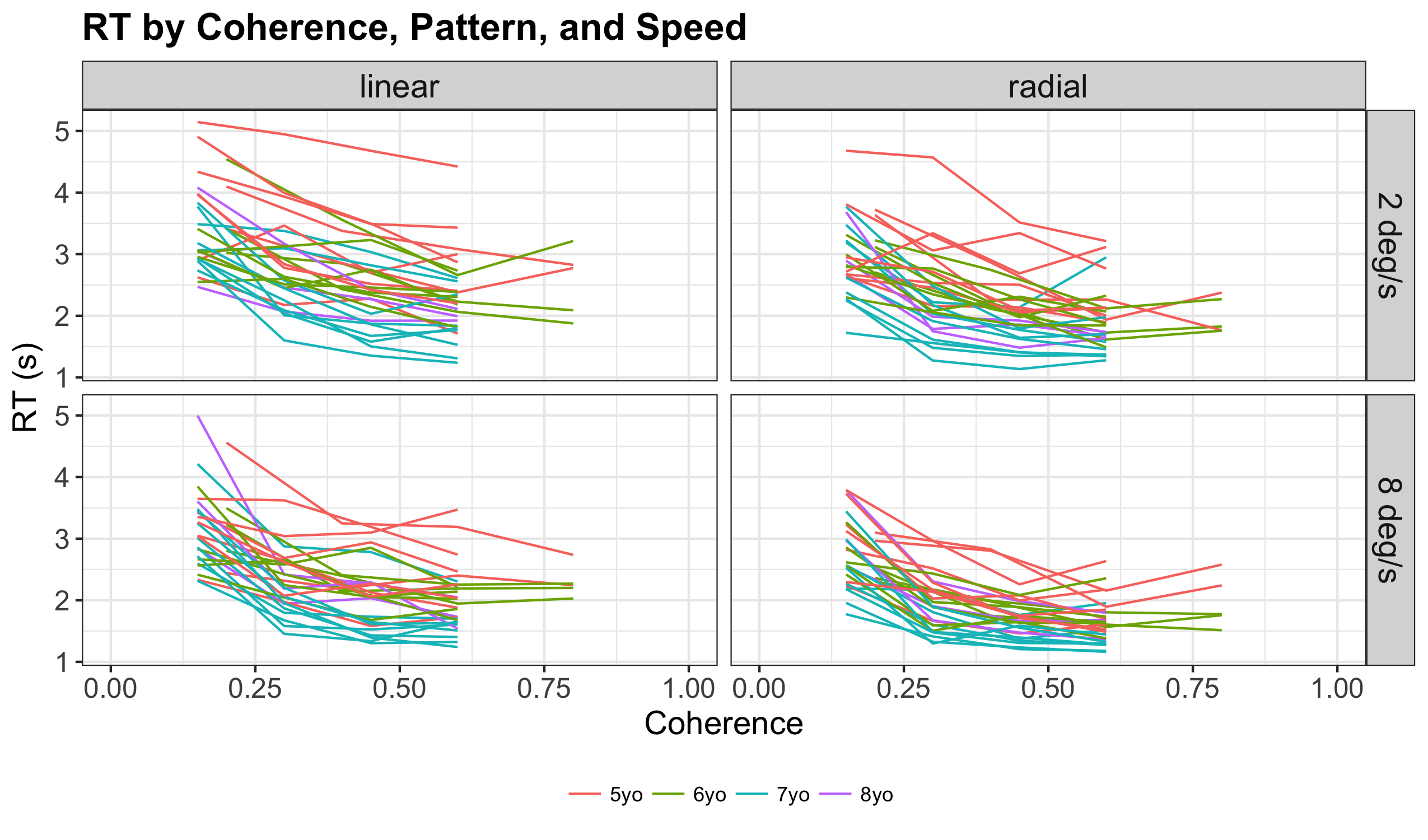




"We have empirically assessed the distribution of published effect sizes and estimated power by extracting more than 100,000 statistical records from about 10,000 cognitive neuroscience and psychology papers published during the past 5 years…False report probability is likely to exceed 50% for the whole literature. In light of our findings the recently reported low replication success in psychology is realistic and worse performance may be expected for cognitive neuroscience."
Fesi, Jeremy D., Amanda L. Thomas, and Rick O. Gilmore. 2014. “Cortical Responses to Optic Flow and Motion Contrast Across Patterns and Speeds.” Vision Research 100 (July): 56–71. doi:10.1016/j.visres.2014.04.004.
Gilmore, R. O., F. Raudies, and S. Jayaraman. 2015. “What Accounts for Developmental Shifts in Optic Flow Sensitivity?” In 2015 Joint IEEE International Conference on Development and Learning and Epigenetic Robotics (ICDL-EpiRob), 19–25. doi:10.1109/DEVLRN.2015.7345450.
Gilmore, Rick O., C. Hou, M.W. Pettet, and A.M. Norcia. 2007. “Development of Cortical Responses to Optic Flow.” Visual Neuroscience 24 (06): 845–56. doi:10.1017/S0952523807070769.
Goodman, Steven N., Daniele Fanelli, and John P. A. Ioannidis. 2016. “What Does Research Reproducibility Mean?” Science Translational Medicine 8 (341): 341ps12–341ps12. doi:10.1126/scitranslmed.aaf5027.
Hou, C., R.O. Gilmore, M.W. Pettet, and A.M. Norcia. 2009. “Spatio-Temporal Tuning of Coherent Motion Evoked Responses in 4–6 Month Old Infants and Adults.” Vision Research 49 (20): 2509–17. doi:10.1016/j.visres.2009.08.007.
Jouen, François, Jean-Claude Lepecq, Olivier Gapenne, and Bennett I Bertenthal. 2000. “Optic Flow Sensitivity in Neonates.” Infant Behavior and Development 23 (3–4): 271–84. doi:10.1016/S0163-6383(01)00044-3.
Kiorpes, Lynne, and J. Anthony Movshon. 2004. “Development of Sensitivity to Visual Motion in Macaque Monkeys.” Visual Neuroscience 21 (6): 851–59. doi:10.1017/S0952523804216054.
Raudies, F., R.O. Gilmore, K.S. Kretch, J.M. Franchak, and K.E. Adolph. 2012. “Understanding the Development of Motion Processing by Characterizing Optic Flow Experienced by Infants and Their Mothers.” In 2012 IEEE International Conference on Development and Learning and Epigenetic Robotics (ICDL), 1–6. doi:10.1109/DevLrn.2012.6400584.
Raudies, Florian, and Rick O. Gilmore. 2014. “Visual Motion Priors Differ for Infants and Mothers.” Neural Computation 26 (11): 2652–68. doi:10.1162/NECO_a_00645.
Szucs, Denes, and John PA Ioannidis. 2016. “Empirical Assessment of Published Effect Sizes and Power in the Recent Cognitive Neuroscience and Psychology Literature.” BioRxiv, August, 071530. doi:10.1101/071530.